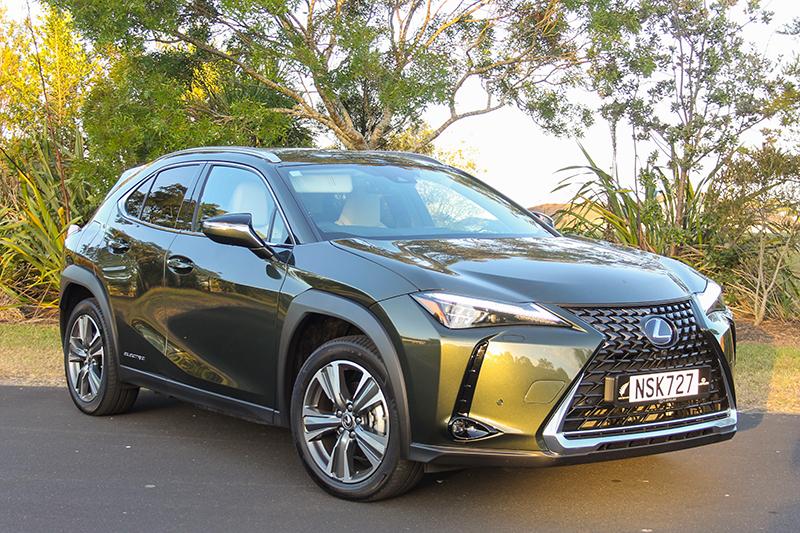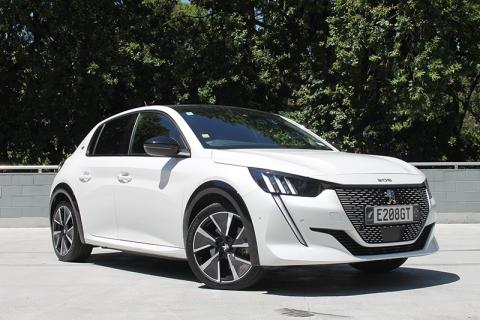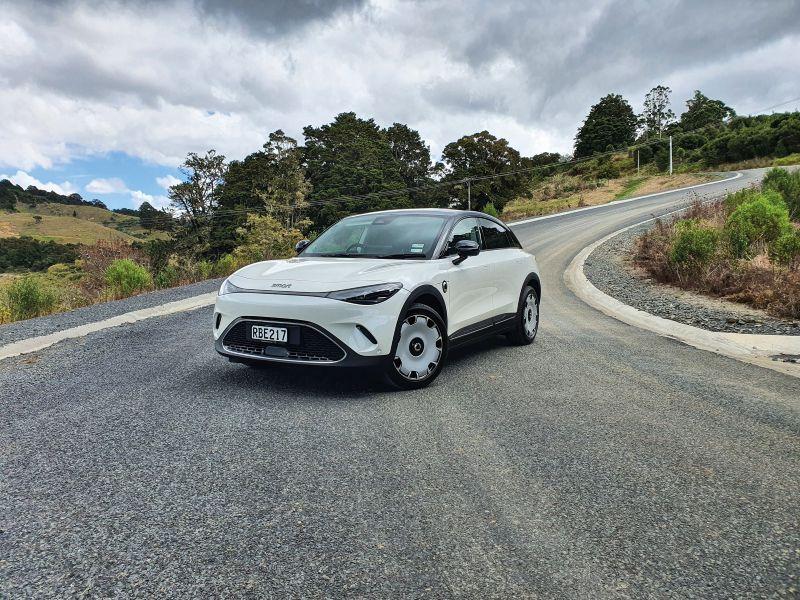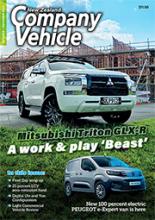Check it out: the February figures from the Motor Industry Association are in and there were 684 light vehicle and five heavy vehicle full battery electric vehicles registered for the month.
Heavy vehicles saw a drop from January’s 16 to February’s five, but January’s 454 light battery electric vehicles (BEVs)increased to 684 for February.
More than half of those numbers were made up by the Tesla3 which has a sales model that seems designed to throw ‘blips’ into the market. Tesla’s month-on-month deliveries are inconsistent.
But growth is still growth and its fair to say the other two top selling brands are regular players, so Hyundai’s 54 Kona compact SUV and Kia’s 35 Niro equivalents contributed significantly to the overall expansion of the segment.
And the BEV segment is certainly growing as evidenced by the large number of purely electric vehicles we have had on test over the last couple of months, and we’ll take you through some of them over the next few pages.
When a car maker says it is embracing electrification, it doesn’t mean electric vehicles exclusively. Electrification incorporates any form of battery propulsion, even battery propulsion connected to infernal – yes, I know what I wrote – combustion engines.
These are the hybrids and plug-in hybrids which have been uncharitably described as ‘stepping-stone’ vehicles to the ultimate fuel saving vehicle’ whatever that may be.
There were 388 plug-in hybrid electric vehicles registered in February. The top selling models were the Mitsubishi Eclipse Cross (228 units) followed by the MG HS (57 units) and then the Mitsubishi Outlander (25 units).
And the important phrase here is ‘plug-in’ hybrids. The plug-in hybrid differs from self-charging hybrids as they can take electrical energy from a wall socket while having both a petrol/diesel engine and an electric motor, giving them the ability to run off either source independently or jointly.
PHEVs typically market ridiculously low fuel consumption figures, frequently near the one to two-litres per 100km mark, and PHEV fuel consumption figures are a little tricky to get one’s head around.
Let’s say a manufacturer claims a 2.3 litre per 100km fuel consumption reading for its PHEV – this is the figure for the combined electric and petrol power sources.
However, the battery power will only last 60kms, not 100. So, after 60kms, the petrol engine is expected to drag itself and the deadweight of the electric motor and the battery.
So, for at least 40km, the vehicle is not going to show that 2.3 litre/100km. In fact, the litre per 100km figure for the difference between the EV’s 60km range and the total, is likely to be at least double the posted figure and in some cases more.
Nor is there any guarantee that the posted figure for a PHEV running on pure electricity is going to be accurate either, particularly in earlier generation or older models where the batteries may have seen some degradation.
Newer model PHEVs are constantly claiming greater, more improved range as battery technology advances, but the litres per 100km – while it should be well under five litres per 100km, since this is a figure many ICE vehicles can get – should never be taken as gospel when it comes to PHEVs.
A pure EV’s range can be compromised by factors such as the load carried – cargo or vehicle occupants, your driving style, use of air conditioning (hot or cold) which can have up to a 30 percent impact on battery consumption and the ability to use regenerative braking effectively.
Of course, PHEVs have these issues too, but most can be mitigated by the fact that there is a – slightly smaller – fuel tank on board to supplement the electrics and that makes the PHEV a very attractive fleet proposition, though perhaps not as good as the self-charging hybrid vehicle.
These make up the Lion’s share of the registration figures quoted for February. Self-charging hybrids are vehicles with electric capability designed to extend the range of the petrol engine.
Typically, self-chargers cannot move exclusively on electric power. They do, however, deliver the goods on range claims, are very efficient and more conventional when it comes to drivability.
There were 1020 hybrids registered in the month of February, with the top selling models being the Toyota RAV4 (187 units) followed by the Honda Jazz (143 units) and the Toyota Yaris (126 units).
So, let’s shine a little light onto what’s new – mostly in the EV space, but starting off with the interesting fleet contender from Skoda with its second Plug-in hybrid model – the one which isn’t yet in Police livery…



 ,
, 



